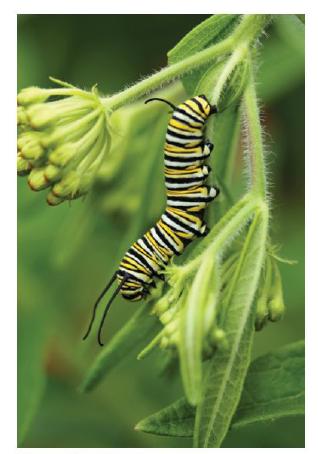In the Bt and monarch study described in Practice Problem 11, how many plots would you plan
Question:
In the Bt and monarch study described in Practice Problem 11, how many plots would you plan per treatment if your goal were to carry out a test having 80% power to reject the null hypothesis of no treatment effects when the difference between treatments means is at least 0.25 g?
Data from problem
A strain of sweet corn has been genetically modified with a gene from the bacterium Bacillus thuringiensis (Bt) to express the protein Cry1Ab, which is toxic to caterpillars that eat the leaves. Unfortunately, the pollen of transformed corn plants contains the toxin, too. Corn pollen dusts the leaves of other plants growing nearby, where it might have negative effects on non-pest caterpillars. You are hired to conduct a study to measure the effects on monarch butterfly caterpillars of ingesting Bt-modified pollen that has landed on the leaves of milkweed, a plant commonly growing in or near cornfields. You decide to use a completely randomized design to compare the effect of two treatments on monarch pupal weight. In one treatment, you place potted milkweed plants in plots of Bt-modified corn, where their leaves receive pollen carrying the toxin. In the other treatment, you place milkweed plants in plots with ordinary corn that has not been transformed with the Bt gene. You place a monarch larva on every milkweed plant. Previous studies have estimated that the standard deviation of pupal weight in monarch butterflies is about 0.25 g.

Step by Step Answer:

The Analysis Of Biological Data
ISBN: 9781319226237
3rd Edition
Authors: Michael C. Whitlock, Dolph Schluter





